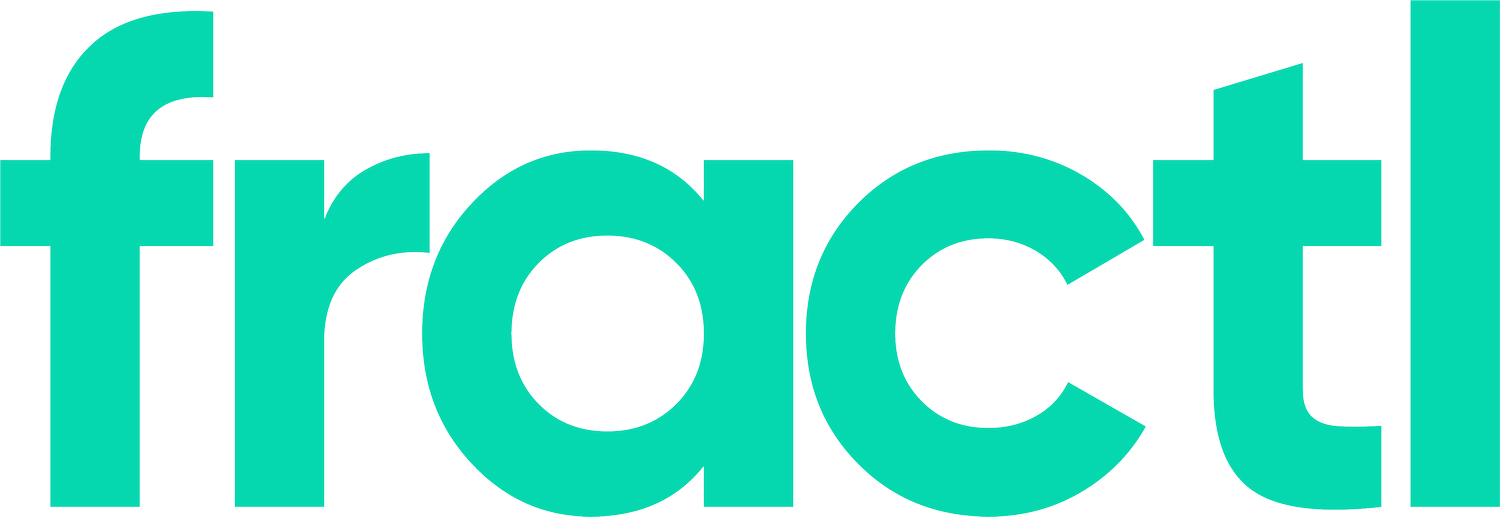Increasing email protections may impact business communications
In the digital age, the integrity of our inboxes is paramount. Email remains a vital channel for professional communications, marketing efforts, and important updates. However, the rise in spam and phishing attacks necessitates stricter measures for verifying email authenticity. To address this, Google and Yahoo will implement enhanced spam prevention protocols from February 1, 2024. These changes are pivotal for anyone sending emails to large mailing lists, as they could significantly affect email deliverability to customers, donors, and prospects.
Key Changes
Sending large numbers of emails to Google and Yahoo addresses will require proper setup of Sender Policy Framework (SPF) and DomainKeys Identified Mail (DKIM) records, along with a baseline Domain-based Message Authentication, Reporting, and Conformance (DMARC) record. Failure to comply will result in emails being flagged as spam, leading to potential quarantine or rejection. This shift is crucial for businesses and organisations relying on email communication, as non-compliance could disrupt engagement and communication strategies.
Preparing for the Transition
Understanding and implementing SPF, DKIM, and DMARC may seem daunting. These technical standards authenticate emails, verifying their source and ensuring they haven't been altered. Think of them as digital seals of authenticity for your emails. To ease the transition, it's advisable to conduct a health check of your current email practices. If you're unsure about your setup or need guidance, expert help is available. By seeking assistance, you can quickly ascertain your readiness for these changes and receive support in configuring the necessary records.
Summary
The move towards stricter email authentication by Google and Yahoo marks an essential step in combating spam and securing email communications. While it requires some adjustment, it's a necessary evolution to preserve the effectiveness of email as a communication tool. Businesses and organisations should act promptly to ensure compliance, safeguarding their ability to connect with their audience through email. Assistance is readily available for those who need it, ensuring a smooth transition to these new standards.

